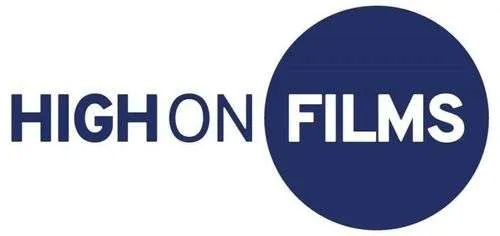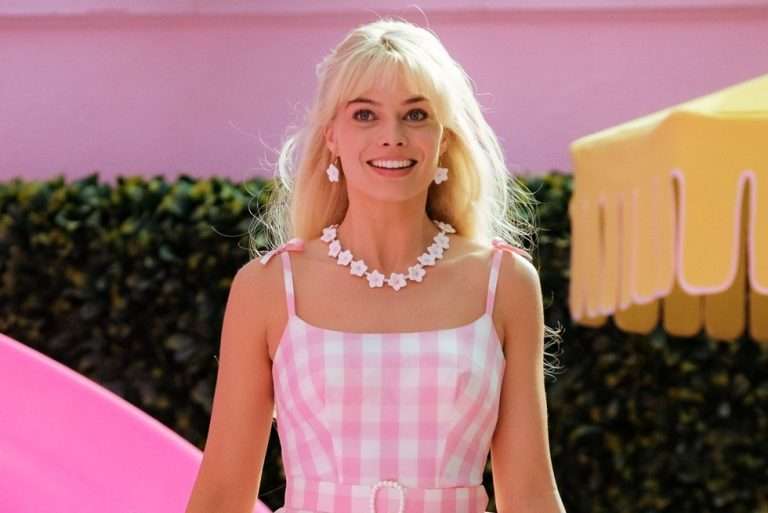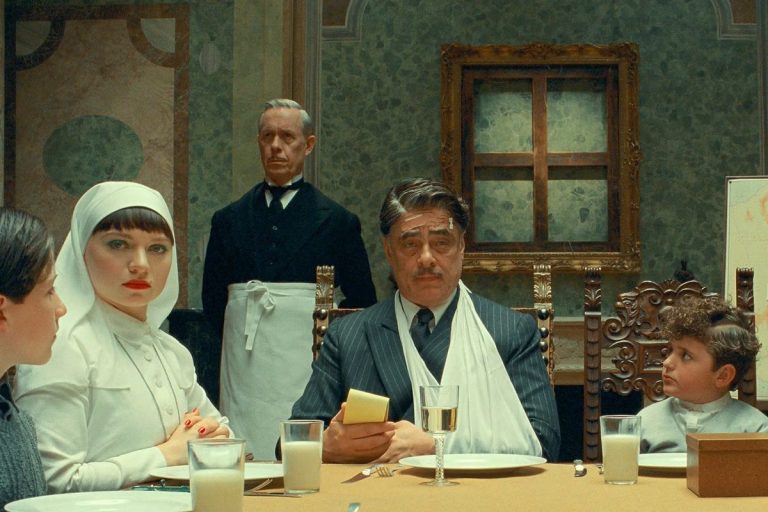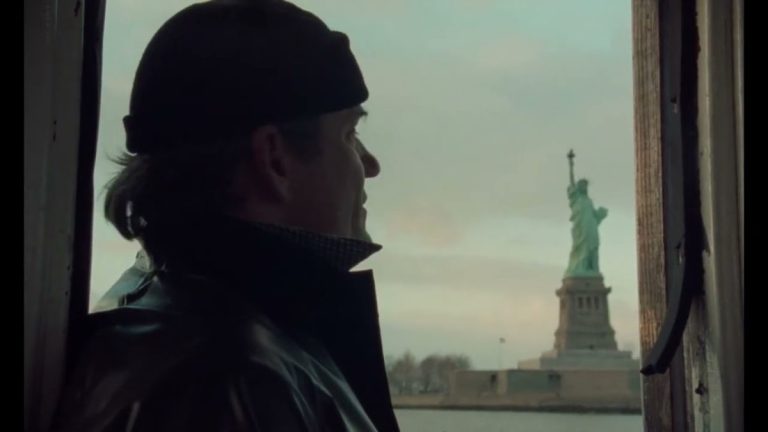Guru Dutt was not just a filmmaker; he was a deeply sensitive artist who poured his personal emotions into every frame of his work. During a period when much of Indian cinema relied on familiar, formulaic storytelling, Dutt’s films stood out for their emotional complexity and honest exploration of human suffering and longing.
His aim was never merely to entertain but to communicate the inner struggles, isolation, and yearning that shaped both his life and the lives of many others. At a time when mainstream cinema favored spectacle and escapism, Dutt chose to explore pain, beauty, and raw emotion.
His lasting impact on Indian cinema comes from the courage he showed in revealing the vulnerable, often painful realities behind his characters and stories. He dared to expose his own emotional wounds, making his films a reflection of his soul’s silent battles.
While his movies were sometimes misunderstood or overlooked during his lifetime, their power has endured, growing stronger as audiences and critics came to recognize their depth. Unlike many contemporaries who leaned on melodrama, Dutt’s films relied on subtlety and sincerity, inviting viewers to feel with his characters rather than merely watch them.
One of the clearest windows into Dutt’s personal vision is the 1957 classic “Pyaasa.” Its protagonist, Vijay, is a poet struggling to find his place in a society obsessed with wealth and superficial success. His alienation from publishers, family, and society mirrors Dutt’s own sense of being misunderstood by a world that valued commercialism over emotional truth.
Beneath the narrative lies a profound meditation on the pain of creative isolation—a theme that echoed Dutt’s personal life. Vijay’s yearning is not just for recognition but for authentic human connection, reflecting the artist’s desire to be seen and understood.
The track “Yeh Duniya Agar Mil Bhi Jaaye To Kya Hai” captures the film’s emotional core. It questions the worth of fame and success, expressing a personal and universal disillusionment. The cinematography reinforces Vijay’s isolation, often framing him in vast, empty spaces to visually mirror his despair. This combination of music and visuals turns the song into a haunting lament—a reflection on life’s meaning beyond material achievement.
“Chaudhvin Ka Chand” (1960), directed by Mohammed Sadiq and starring Guru Dutt as the lead, left an everlasting impact on the audience. Set against the backdrop of Muslim culture, the film is more than a romantic drama; it reflects Dutt’s inner longings and emotional complexity. Its visual elegance, poetic music, and exploration of idealized love all echo his personal signature. The story’s romantic idealism and undercurrent of melancholy transform it from a standard love triangle into a sensitive portrayal of longing and loss.
The 10 Best Indian Films of All Time As Chosen By FIPRESCI-INDIA
Among Dutt’s most personal works is “Kaagaz Ke Phool” (1959), a deeply introspective film about the rise and fall of a director. It is a cinematic confession, mirroring Dutt’s own experiences with fame, rejection, and despair. The protagonist, once revered, is later forgotten by the same industry that once celebrated him—a parallel to Dutt’s real-life struggles. The film’s failure at the box office was not just a professional setback but an emotional blow, marking a turning point in his life and career.
Notably, “Kaagaz Ke Phool” was India’s first CinemaScope film. Its visual ambition was matched by its emotional depth, with stunning black-and-white imagery capturing the loneliness of the central character. Though rejected at the time, it has since become a cult classic, admired by critics and filmmakers alike for its layered storytelling and tragic poignancy. Its rediscovery speaks to the timeless relevance of Dutt’s vision—one ahead of its time but deeply human.
Dutt’s films are not mere stories but emotional outpourings. He didn’t simply create characters; he projected aspects of his own soul onto the screen. His protagonists were not heroes in the traditional sense. They were dreamers, loners, and quietly broken men navigating a world that often refused to understand them. In giving them voice, Dutt gave voice to the silenced emotions of many—a cinematic empathy that resonates decades later.
This emotional authenticity is central to Guru Dutt’s legacy. In an industry that often prioritized glamour and commercial success, he dared to make films rooted in vulnerability and emotional truth. Through cinema, he expressed what he couldn’t say aloud, using the camera not as a device but as a mirror to the human soul. His films explore not just artistic struggle, but the private suffering behind public personas. They blur the boundary between personal and universal, offering a deeply human experience that transcends cultural and temporal barriers.
Tragically, Dutt never lived to see the full appreciation of his art. He did not witness “Pyaasa” being hailed as one of the greatest Indian films ever made, nor did he see “Kaagaz Ke Phool” gain its well-deserved recognition. The silence following his death was not the end of his voice, but the beginning of a lasting resonance. His work continues to influence generations of filmmakers and viewers who find in his films a rare honesty and artistic integrity.
The posthumous recognition of Guru Dutt highlights a recurring truth in the world of art: many visionary creators are celebrated only after their passing. This delayed acknowledgment should remind us to recognize and support artists in their lifetimes.
For many, art is not just work—it is their refuge, their truth, their most sincere way of engaging with the world. For Guru Dutt, filmmaking was never just a profession. It was his essence—a sanctuary where he could exist fully and vulnerably, far from the constraints of daily life. In his films, he was not just telling stories but sharing himself.
As audiences and critics, we must learn to hear what artists are saying—often quietly, and often before it is too late. Guru Dutt’s cinema is a testament to what film can be when it dares to confront pain, seek beauty, and tell the truth. His legacy endures not just as part of Indian film history but as part of cinema’s universal language. Though his time was brief, Guru Dutt’s contribution remains profound, heartfelt, and timeless—an essential voice in the conversation between art and emotion.








